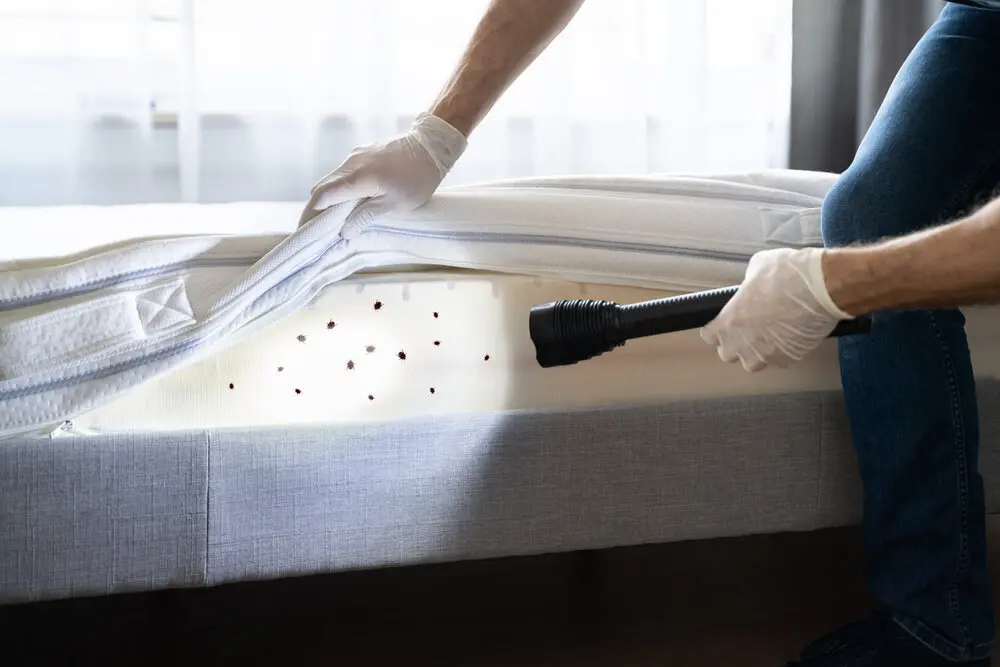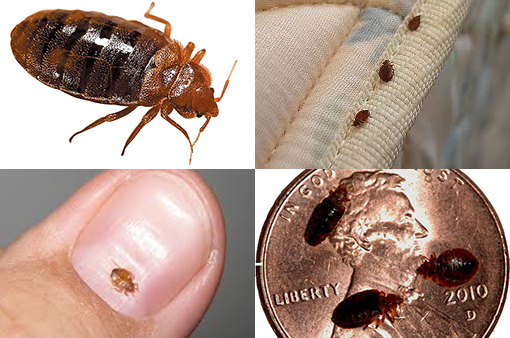Comprehending the Lifecycle of Bugs for Targeted Control Techniques
Comprehending the lifecycle of insects is an essential facet of reliable pest administration strategies. With a deeper understanding of just how parasites flourish and advance, tailored control approaches can be designed to address specific factors in their lifecycle, ultimately leading to even more effective pest monitoring end results.
Value of Comprehending Pest Lifecycle
Understanding the lifecycle of insects is crucial for developing reliable and targeted control techniques in pest monitoring. By comprehending the different stages a bug experiences from egg to grownup, insect control experts can recognize weak spots in the lifecycle where intervention can be most successful. For instance, understanding when larvae are most energetic can aid determine the optimum timing for applying larvicides. In addition, comprehending the life-span of a parasite species can help in predicting population growth patterns and potential invasion risks.
Additionally, recognizing the particular environmental conditions essential for every phase of the insect's lifecycle can guide decisions on habitat adjustment or exemption approaches to lower and interrupt the lifecycle parasite populaces. This understanding makes it possible for pest administration specialists to carry out proactive steps instead than relying exclusively on responsive treatments, resulting in more lasting and lasting bug control services. Inevitably, a thorough understanding of bug lifecycles encourages bug control practitioners to customize their strategies effectively, minimizing environmental influences and making best use of control end results.
Secret Phases in Insect Growth
To successfully execute targeted control strategies in insect monitoring, an essential aspect exists in adequately determining and recognizing the essential stages in parasite development. Insect growth normally is composed of several essential stages that are essential for their lifecycle and monitoring.

Susceptabilities in Pest Lifecycle
Throughout the different stages of a parasite's lifecycle, unique susceptabilities arise that can be strategically targeted for reliable control actions. One vital susceptability hinges on the egg phase, where pests are frequently more susceptible to particular pesticides or biological control representatives due to their soft outer covering, making them easier targets for intervention. In addition, the larval or nymph stage provides vulnerabilities as parasites undergo rapid development and development, calling for high energy intake that can be made use of by interrupting their food sources or introducing development preventions. Pupal stages, go to these guys characterized by stability and transformation, provide a window for targeted control with physical barriers or particular treatments that hinder effective introduction. Grown-up bugs, while a lot more resilient due to their reproductive capacity, can still be prone throughout breeding or egg-laying tasks, which can be interrupted with pheromone catches or sanitation methods. Understanding these vulnerabilities in the bug lifecycle is important for establishing effective and exact control strategies that properly handle pest populaces while minimizing ecological impact.
Carrying Out Targeted Control Measures

Applying targeted control actions generally involves a multi-faceted strategy. This might include habitat alteration to make the setting less congenial to insects, such as getting rid of standing water for mosquito control or sealing entry factors for Web Site rodents. Furthermore, organic control approaches can be made use of, where natural predators or pathogens are presented to keep parasite populaces in check.
Integrated Bug Monitoring (IPM) approaches that incorporate numerous control measures in a coordinated and sustainable manner are typically the most reliable in achieving long-term bug monitoring goals. By applying targeted control actions based on a thorough understanding of insect lifecycles, bug populaces can be properly controlled while minimizing threats to human wellness and the environment.
Improved Parasite Administration Practices

In addition, the unification of organic control agents, such as natural predators or microorganisms of parasites, can assist decrease dependence on chemical pesticides and advertise a more well balanced community. Implementing physical obstacles and traps can likewise be part of boosted insect monitoring practices, offering non-toxic and targeted solutions for pest control. Additionally, using pheromones and various other semiochemicals can interrupt pest mating patterns and communication, causing reduced insect populaces in time.
Conclusion
By identifying crucial stages in bug growth and vulnerabilities in their lifecycle, targeted control steps can be executed to lessen parasite populaces. Improved insect monitoring methods can aid decrease the reliance on broad-spectrum pesticides and promote even more lasting and environmentally pleasant parasite control techniques.
Understanding the lifecycle of parasites is necessary for developing reliable and targeted control techniques in pest administration. By understanding the various stages a bug goes through from egg to grownup, insect control experts can identify susceptible factors in the lifecycle where intervention can be most successful. Inevitably, a comprehensive understanding of parasite lifecycles empowers bug control specialists to tailor their strategies effectively, minimizing environmental influences and taking full advantage of control results.
By carrying out targeted control steps based on a comprehensive understanding of insect lifecycles, parasite populaces can be see successfully controlled while minimizing risks to human health and wellness and the setting.
By determining essential stages in parasite advancement and susceptabilities in their lifecycle, targeted control steps can be carried out to lessen bug populations.